Home>Interior Design>7 Items Not To Store In The Freezer, According To Pro Chefs
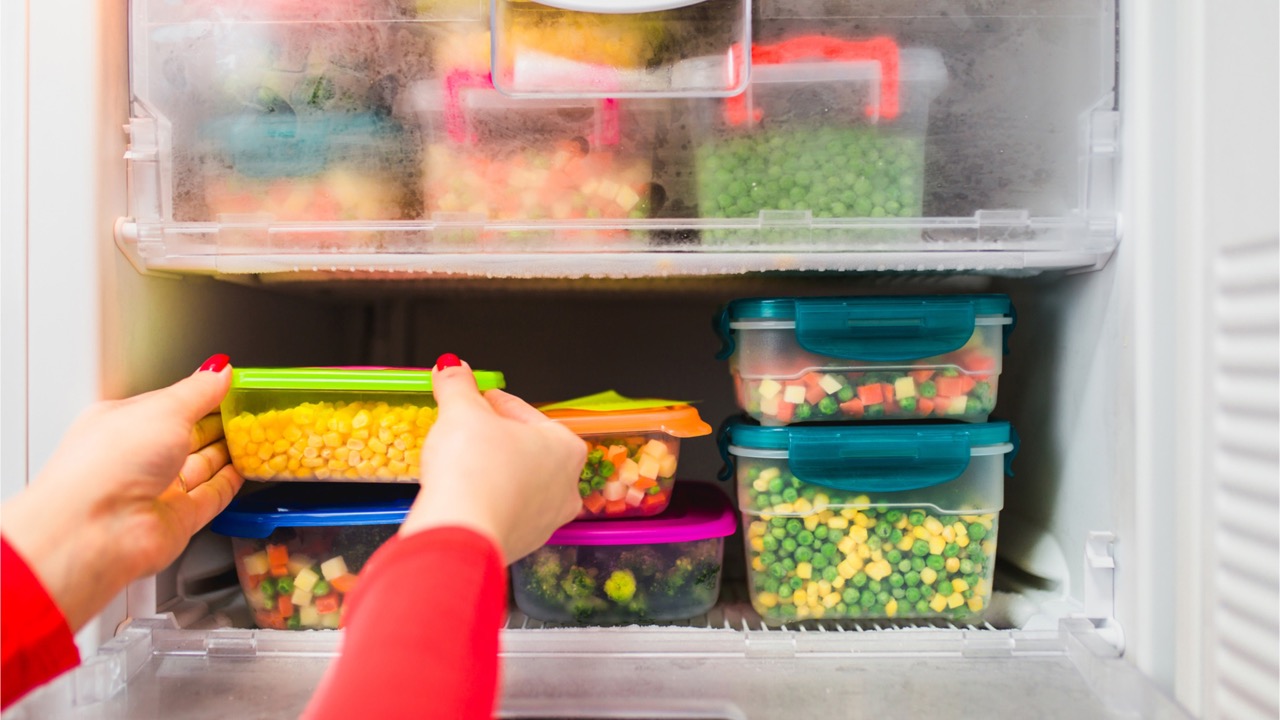

Interior Design
7 Items Not To Store In The Freezer, According To Pro Chefs
Modified: September 2, 2024
Discover the top 7 items recommended by professional chefs that you should avoid storing in your freezer. Transform your interior design with expert tips and tricks.
(Many of the links in this article redirect to a specific reviewed product. Your purchase of these products through affiliate links helps to generate commission for Storables.com, at no extra cost. Learn more)
Introduction
When it comes to preserving food, the freezer is a fantastic tool. It can help extend the shelf life of various items and allow you to have a stash of ingredients readily available for your culinary endeavors. However, not all foods are suited for freezing, especially when it comes to maintaining their flavor, texture, and overall quality.
Pro chefs and experts in the culinary world have a keen understanding of which items should not find their way into the freezer. These foods are often delicate or have properties that are altered by the freezing and thawing process, resulting in a less-than-ideal eating experience. In this article, we will explore seven items that pro chefs advise against storing in the freezer.
Key Takeaways:
- Preserve the flavor and aroma of fresh herbs by avoiding freezing and opting for herb-infused oils or vinegars, herb gardens, or drying methods. Keep your dishes vibrant and delicious with these alternative preservation techniques.
- Maintain the texture and taste of delicate foods like potatoes, coffee, dairy products, cooked pasta, sauces, and fried foods by refraining from freezing. Explore creative storage and repurposing methods to savor their original quality.
Fresh Herbs
Fresh herbs can add a burst of flavor and aroma to any dish, elevating the culinary experience. However, freezing fresh herbs can cause them to lose their vibrancy and potency. The delicate nature of herbs makes them susceptible to wilting and discoloration when exposed to freezing temperatures.
Instead of freezing fresh herbs, there are alternative methods to preserve their freshness. One popular method is to create herb-infused oils or vinegars. You can chop the herbs finely and mix them with oil or vinegar, then store the mixture in a sealed container in a cool, dark place. This allows the herbs to infuse their flavors into the liquid, giving you a concentrated herb essence that can be easily incorporated into your cooking.
If you prefer to have fresh herbs on hand at all times, consider growing your own herb garden. This allows you to have a constant supply of fresh herbs that can be picked whenever needed. You can also dry the herbs by hanging them upside down in a well-ventilated area, or using a dehydrator, and store them in airtight containers for future use.
By avoiding the freezer and using alternative methods to preserve fresh herbs, you can ensure that their flavor and aroma remain intact, enhancing the taste of your dishes.
Potatoes
Potatoes are a staple in many households, with numerous delicious and versatile ways to prepare them. However, storing raw potatoes in the freezer is not recommended. Freezing potatoes can cause their cell structure to break down, resulting in a mushy and grainy texture once they are thawed.
If you have an abundance of potatoes that you want to preserve, there are better methods than freezing. One popular option is to store them in a cool, dark place, such as a pantry or cellar. Potatoes should be kept away from sunlight to prevent them from sprouting or turning green. Ensure that they are stored in a breathable bag or container to allow for air circulation.
If you prefer a longer-term storage option, consider blanching the potatoes before freezing. Blanching involves briefly immersing the potatoes in boiling water, then immediately transferring them to an ice bath to stop the cooking process. This helps to preserve their texture and color. Once blanched, the potatoes can be stored in airtight containers or freezer bags and placed in the freezer. However, it’s important to note that even blanched potatoes may still experience a slight change in texture.
Another alternative is to precook the potatoes before freezing. You can boil or bake them until they are partially cooked, then cool them before placing them in the freezer. This method allows you to have partially prepped potatoes that can be quickly finished off when needed.
It’s worth mentioning that frozen potatoes are best suited for dishes like mashed potatoes or casseroles, where the change in texture is less noticeable. However, if you’re looking to make crispy roasted potatoes or French fries, it’s best to use fresh potatoes for optimal results.
By avoiding freezing raw potatoes and using proper storage methods, you can enjoy their wonderful taste and texture in your favorite recipes.
Coffee
Coffee lovers understand the importance of fresh and flavorful beans for a truly satisfying cup of joe. While it may be tempting to stock up on coffee and store it in the freezer to extend its shelf life, this practice is generally not recommended by pro chefs and coffee connoisseurs.
The main issue with freezing coffee beans is the potential for moisture absorption. Coffee beans are hygroscopic, meaning they readily absorb moisture from their surroundings. Freezing coffee can introduce moisture to the beans when they are exposed to temperature fluctuations. This can lead to a loss of flavor and aroma as the moisture dilutes the essential oils present in the coffee beans.
For optimal coffee preservation, it’s best to store your beans in an airtight container in a cool, dark place. A pantry or cupboard away from direct sunlight and heat sources is ideal. It’s important to note that coffee is best consumed within two to four weeks of its roast date to ensure freshness and optimal flavor.
If you find yourself with more coffee beans than you can consume within the recommended timeframe, consider sharing them with friends or family who enjoy coffee. Alternatively, you can experiment with creative ways to use coffee beans in cooking and baking. Ground coffee can be used as a flavorful addition to rubs for meats or as an ingredient in desserts like coffee-infused cakes or cookies.
Remember, freezing coffee may seem like a convenient solution, but it can negatively impact the quality of your brew. By storing your coffee beans properly and using them within the recommended timeframe, you can savor the full, rich flavors of your favorite coffee beans.
Do not store items with high water content, like lettuce and cucumbers, in the freezer as they will become mushy when thawed.
Delicate Dairy Products
Delicate dairy products, such as milk, cream, and certain types of cheese, do not fare well in the freezer. The freezing process can cause changes in texture and flavor, leading to a less appealing end result.
When it comes to liquid dairy products like milk and cream, freezing can cause them to separate. The water content in milk or cream can crystallize, resulting in a grainy texture once thawed. Additionally, freezing can also affect the taste and aroma of these products, leaving them with an off-flavor or diminishing their natural freshness.
Soft and creamy cheeses, such as brie or Camembert, are also not recommended for freezing. The freezing process can cause these cheeses to become crumbly and lose their desired creamy texture. It can also alter their flavor profile, resulting in a less enjoyable eating experience.
If you find yourself with an excess of dairy products and want to preserve them, consider alternative methods such as cooking or incorporating them into dishes. For example, you can use milk or cream in recipes like soups, sauces, and desserts. Soft cheeses can be utilized in baked dishes or be spread over crackers and bread.
If you are concerned about the expiration date of liquid dairy products, you can also consider purchasing smaller quantities or opting for shelf-stable alternatives like powdered milk or UHT (ultra-high temperature) treated milk.
By refraining from freezing delicate dairy products and utilizing them in cooking or incorporating them into dishes, you can maintain their quality and enjoy their flavors as intended.
Cooked Pasta
Cooked pasta is a convenient and versatile ingredient to have on hand for quick and easy meals. However, storing cooked pasta in the freezer can lead to undesirable changes in texture and taste.
Freezing cooked pasta can cause it to become mushy and overly soft once thawed. The water content in the pasta can crystallize during freezing, affecting the structure of the noodles. This can result in a loss of the desired al dente texture and can make the pasta less enjoyable to eat.
If you have leftover cooked pasta that you’d like to store for later use, it’s best to refrigerate it rather than freeze it. Ensure that the pasta is cooled properly before storing it in an airtight container in the refrigerator. This will help maintain its texture and flavor for a few days.
To reheat refrigerated cooked pasta, bring a pot of water to a boil and briefly submerge the pasta in the boiling water for just a few seconds. This will heat the pasta without further cooking it and help restore some of its original texture. Drain the pasta and toss it with your desired sauce or ingredients before serving.
Alternatively, you can repurpose leftover cooked pasta into delicious cold pasta salads or use it as a base for casseroles. These methods allow you to enjoy the pasta without the need for freezing, preserving its intended texture and taste.
Remember, while freezing cooked pasta may seem like a convenient option, it can lead to disappointing results. By properly storing and reheating cooked pasta in the refrigerator, you can ensure that it remains delicious and enjoyable for your next meal.
Sauces and Condiments
Sauces and condiments are essential flavor enhancers in many dishes, but not all of them are suitable for freezing. The freezing process can alter the texture and taste of certain sauces and condiments, resulting in a less desirable outcome.
Sauces that contain high-fat content, such as mayonnaise-based dressings or creamy sauces, do not freeze well. The freezing process can cause these sauces to separate, resulting in a grainy or curdled texture once thawed. Additionally, the flavors of these sauces can become muted or change altogether, leading to a less satisfying taste.
Acidic sauces, such as those containing vinegar or citrus juices, can also experience flavor changes when frozen. The freezing process can cause the acids in these sauces to break down and lose their tanginess. This can result in a less vibrant and balanced flavor once thawed.
If you wish to preserve sauces and condiments for future use, it’s best to store them in the refrigerator rather than the freezer. Make sure to use airtight containers to maintain freshness and prevent flavor contamination.
If you find yourself with leftover sauces or condiments that you can’t use up within a reasonable time frame, consider reducing the batch size or using them creatively in other dishes. You can incorporate them into soups, stews, or marinades to add flavor depth.
By refraining from freezing sauces and condiments that are not freezer-friendly and utilizing proper refrigeration and creative usage methods, you can ensure that they maintain their quality and enhance your culinary experiences.
Fried Foods
Fried foods, although delicious and crispy when freshly cooked, do not retain their texture and taste well when stored in the freezer. The freezing and thawing process can drastically affect the quality of fried foods, resulting in a soggy and unappetizing outcome.
The high moisture content in fried foods makes them prone to getting soggy when frozen and reheated. The freezing process causes ice crystals to form, which can lead to the breakdown of the crisp outer coating of the fried food. Upon thawing and reheating, the moisture released can further compromise the texture and crispiness, leaving you with a limp and greasy result.
If you have leftover fried foods that you want to enjoy later, it’s best to reheat them in the oven or on a stovetop to help restore some crispness. However, keep in mind that the texture will not be as enjoyable as when the food was first cooked.
To minimize waste and ensure a better eating experience, it’s advisable to only cook the amount of fried food that you plan to consume at once. Alternatively, you can repurpose leftover fried foods into other dishes. For example, you can chop them up and use them as toppings for salads or as fillings for sandwiches and wraps.
When it comes to fried foods, it’s best to enjoy them fresh and indulge in their crispy glory. By refraining from freezing fried foods and exploring creative ways to repurpose leftovers, you can continue to savor their deliciousness without compromising on texture and taste.
Frequently Asked Questions about 7 Items Not To Store In The Freezer, According To Pro Chefs
Was this page helpful?
At Storables.com, we guarantee accurate and reliable information. Our content, validated by Expert Board Contributors, is crafted following stringent Editorial Policies. We're committed to providing you with well-researched, expert-backed insights for all your informational needs.


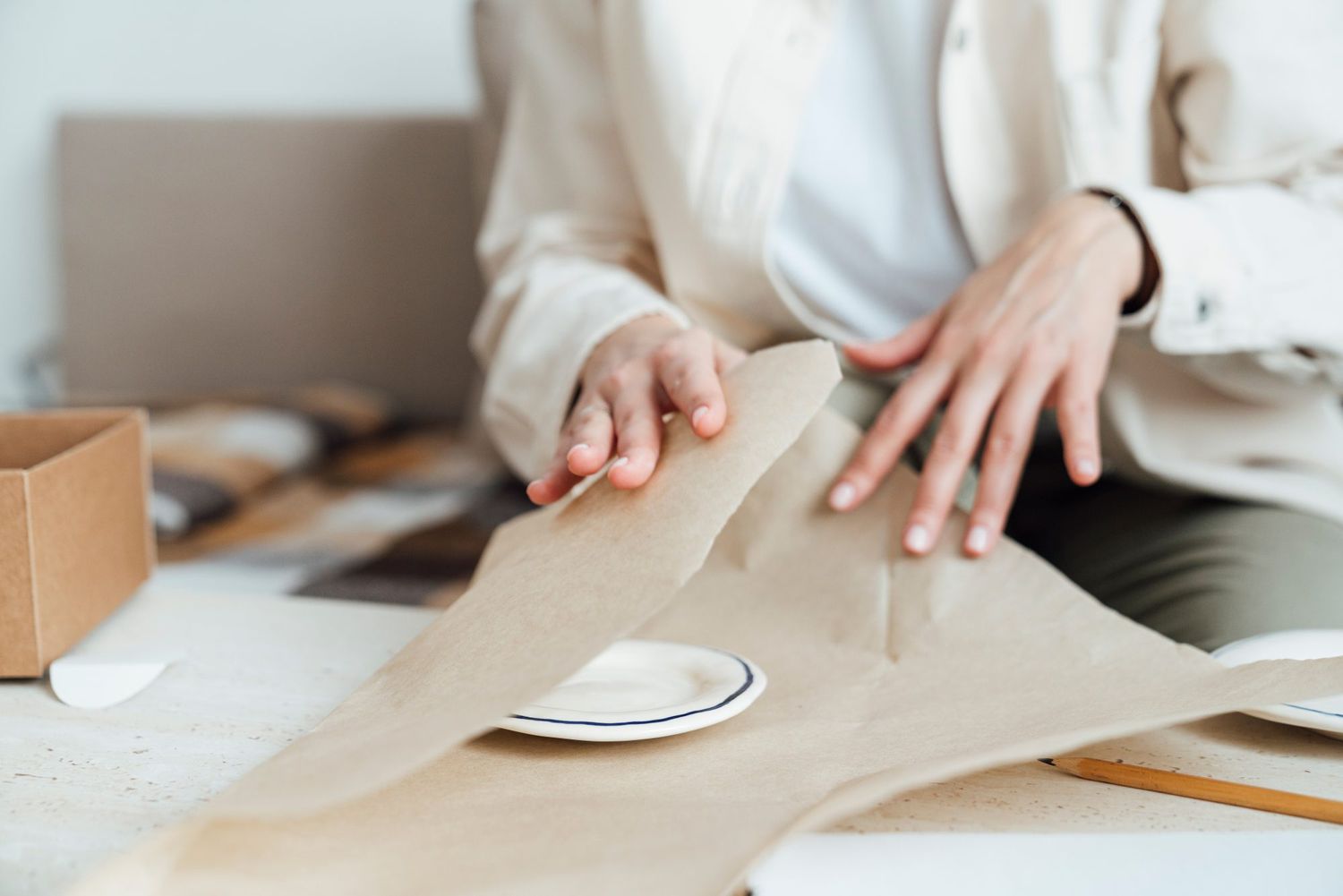
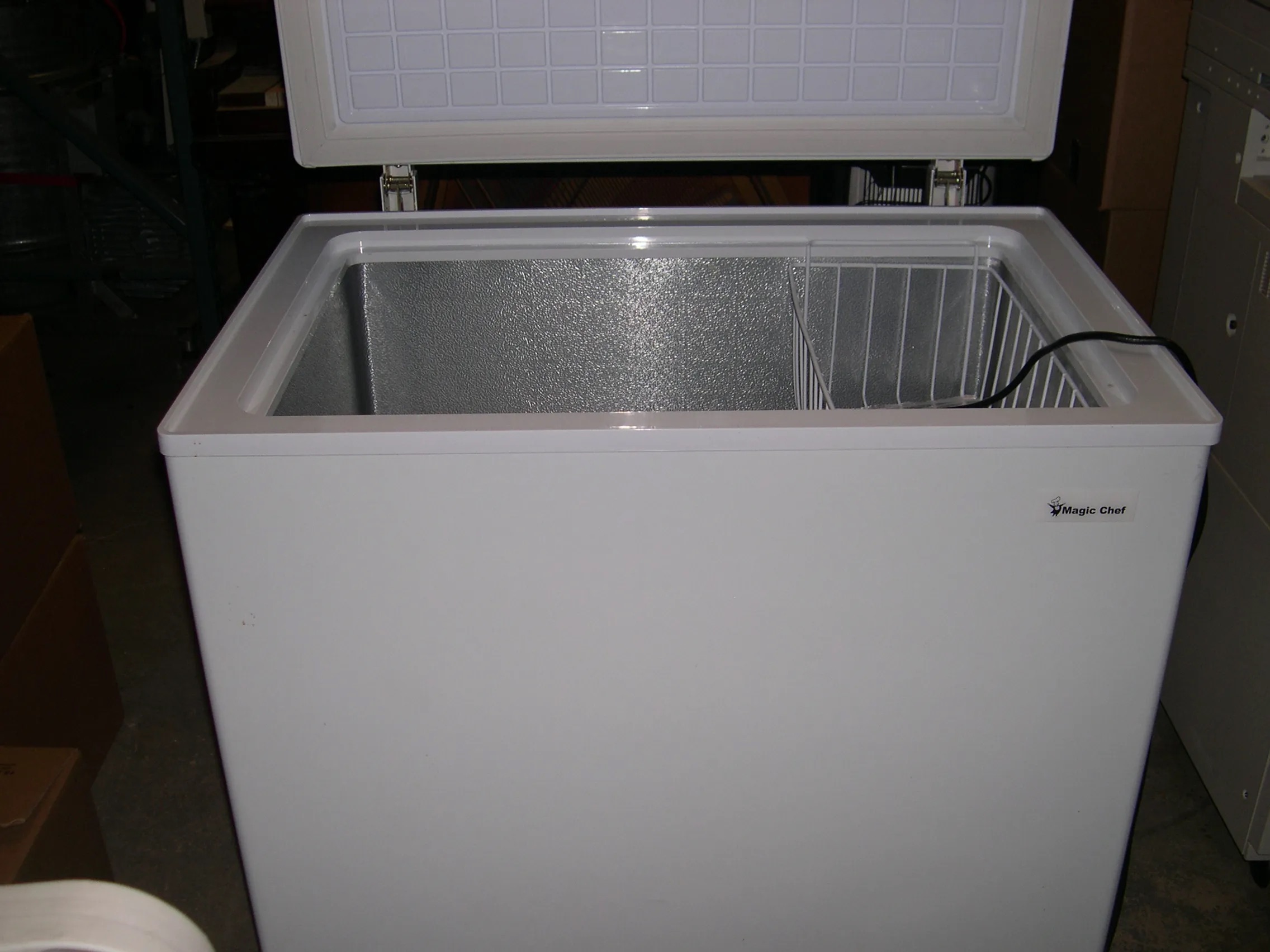



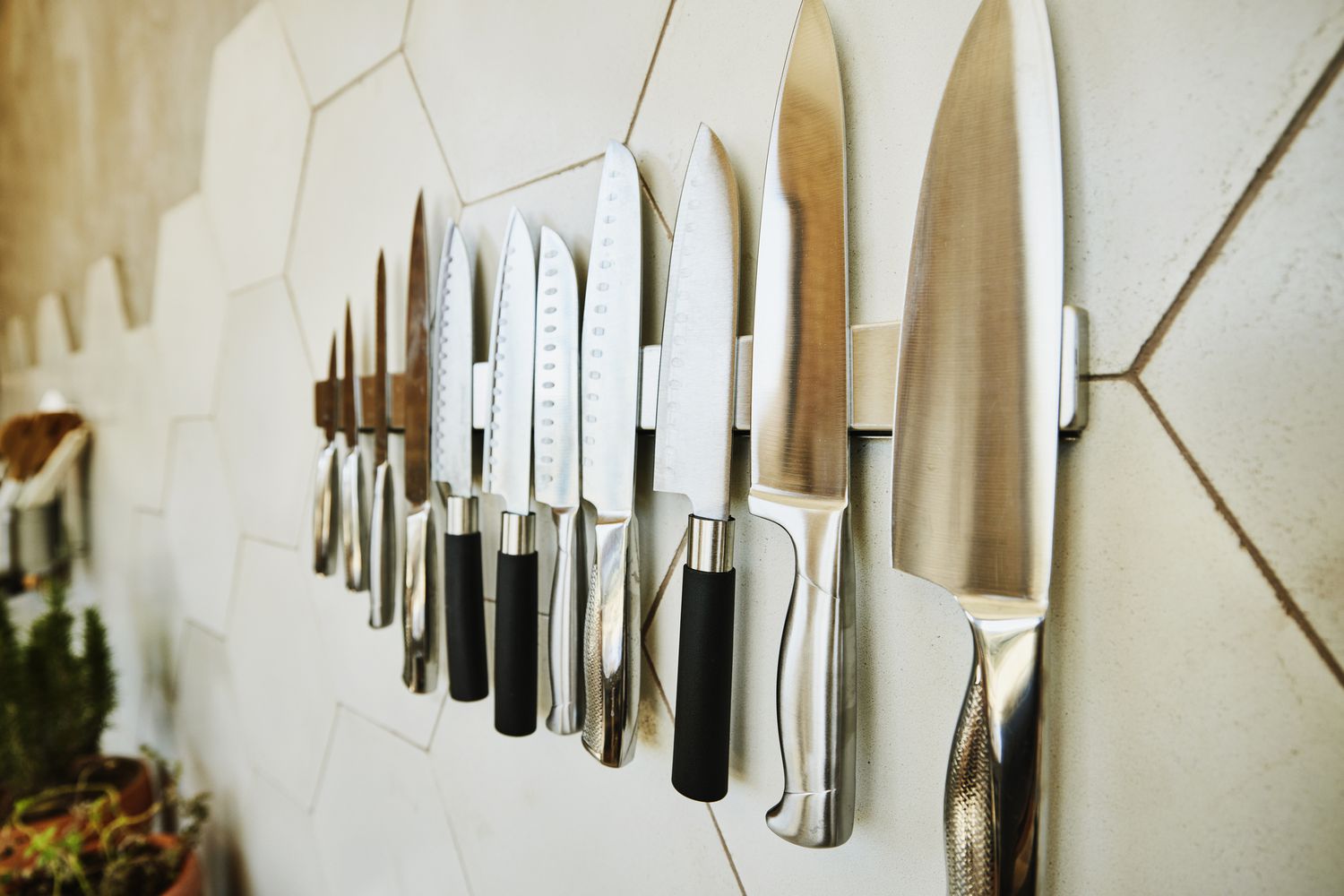


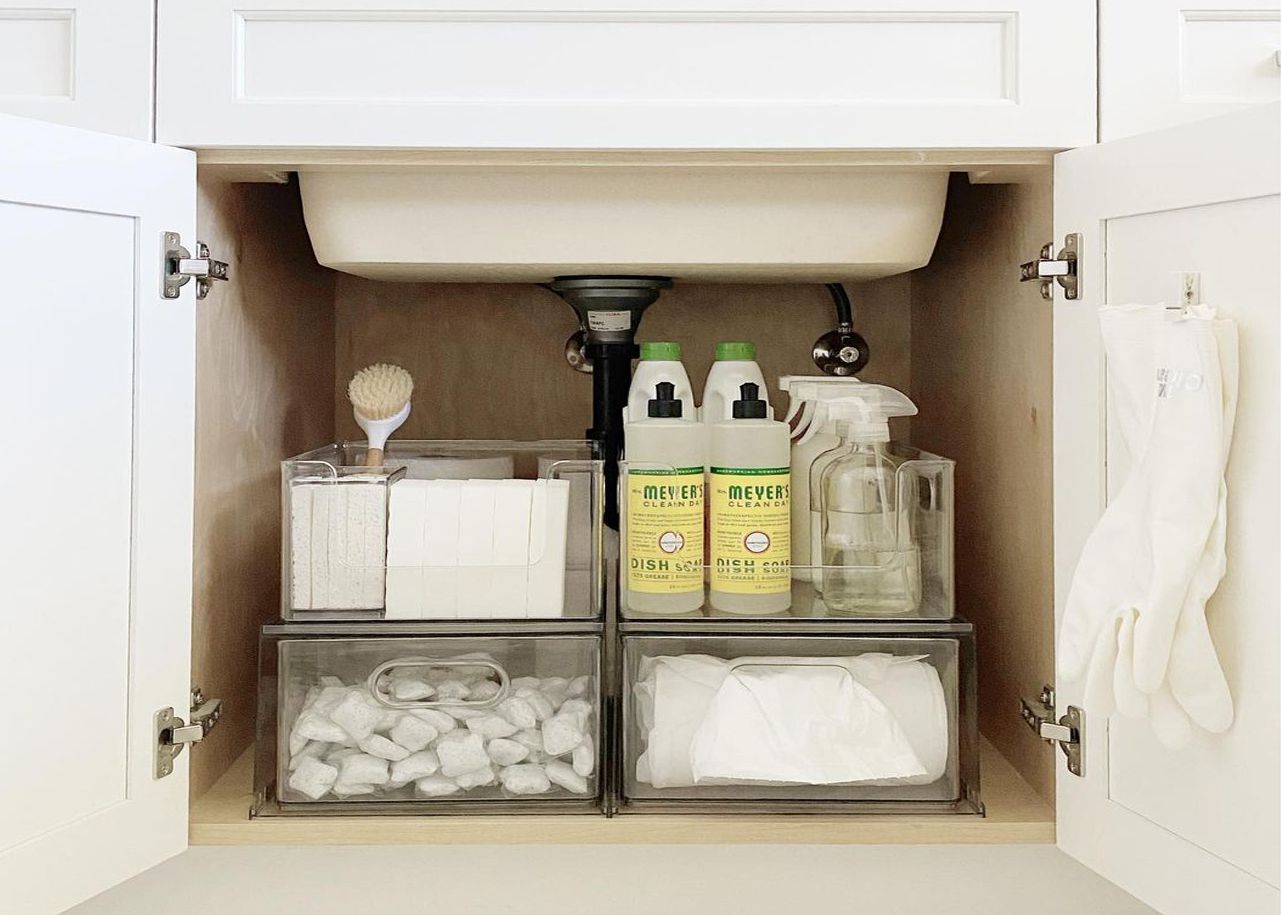


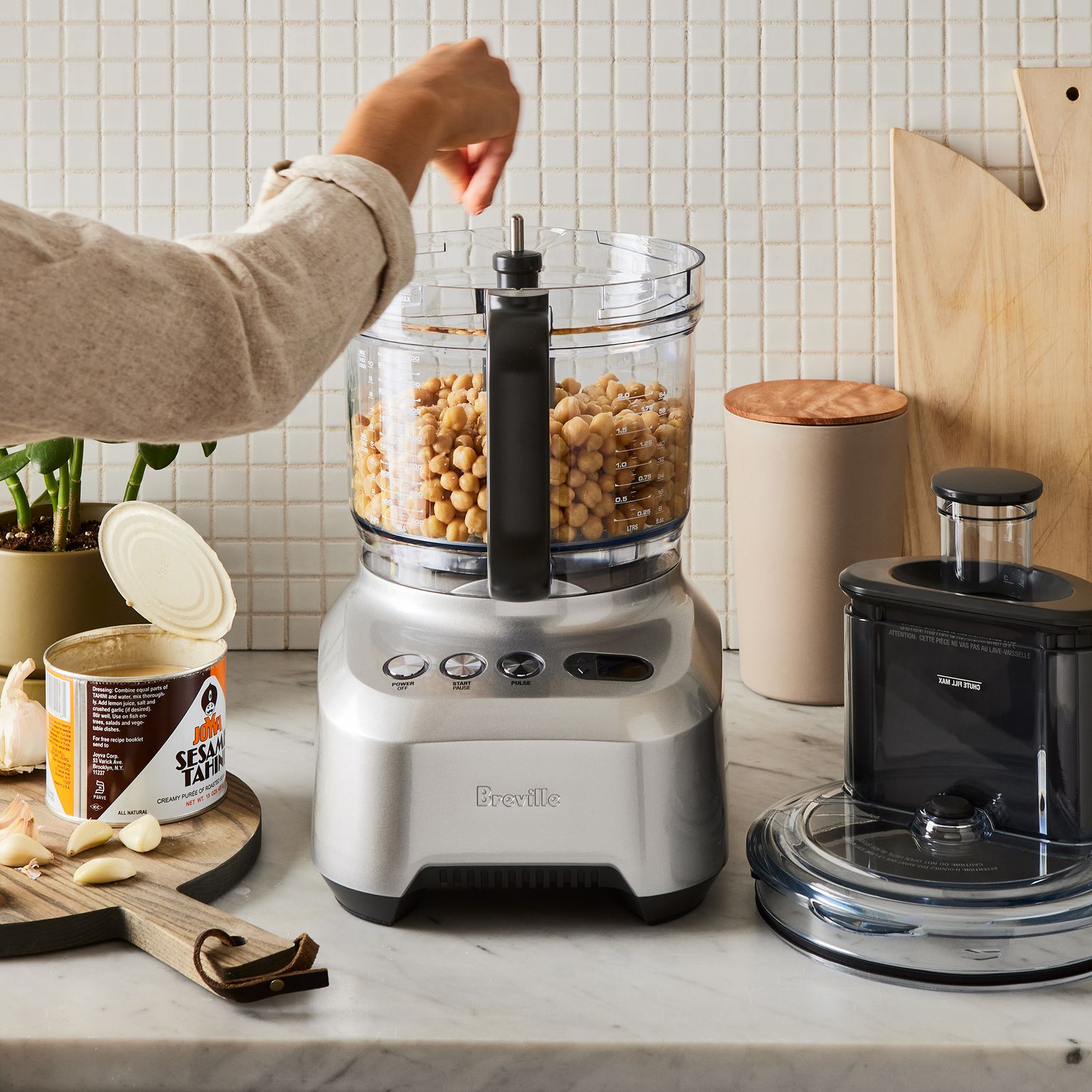

0 thoughts on “7 Items Not To Store In The Freezer, According To Pro Chefs”